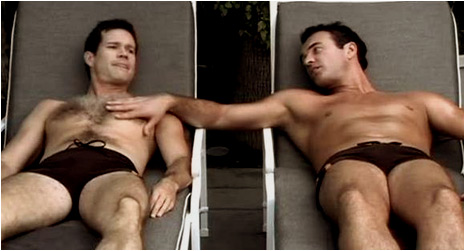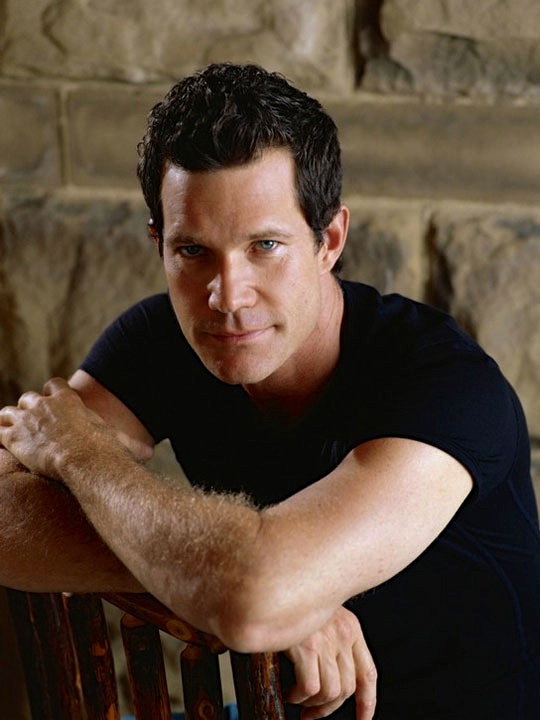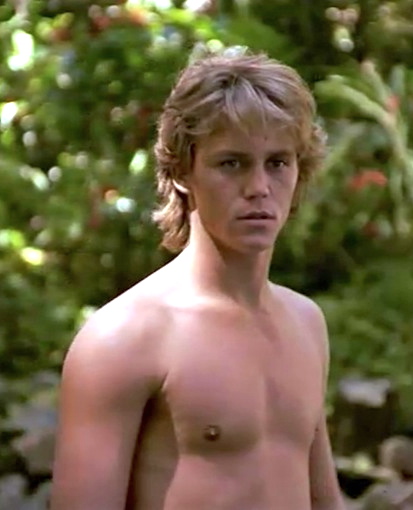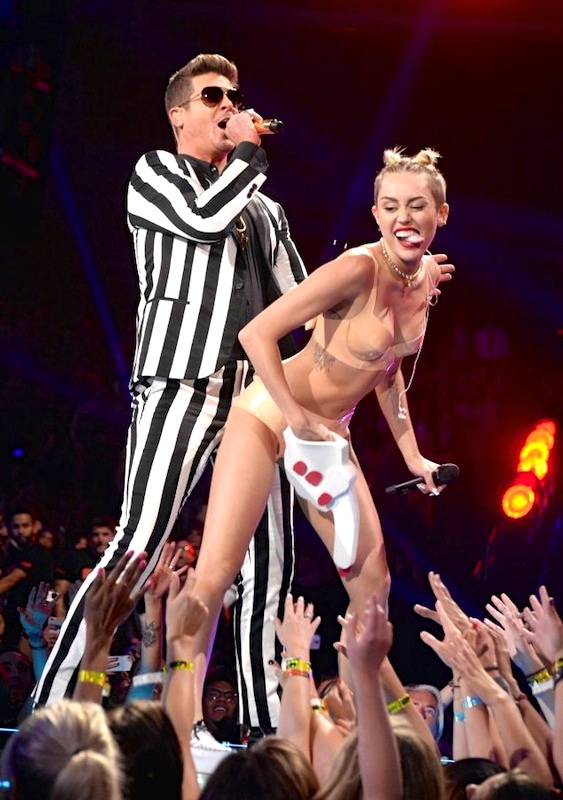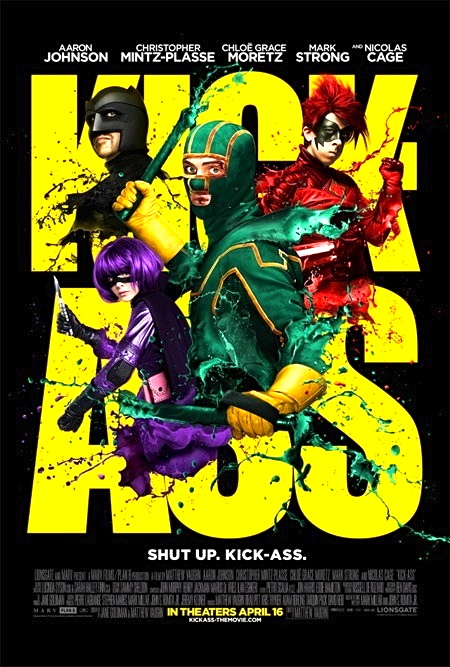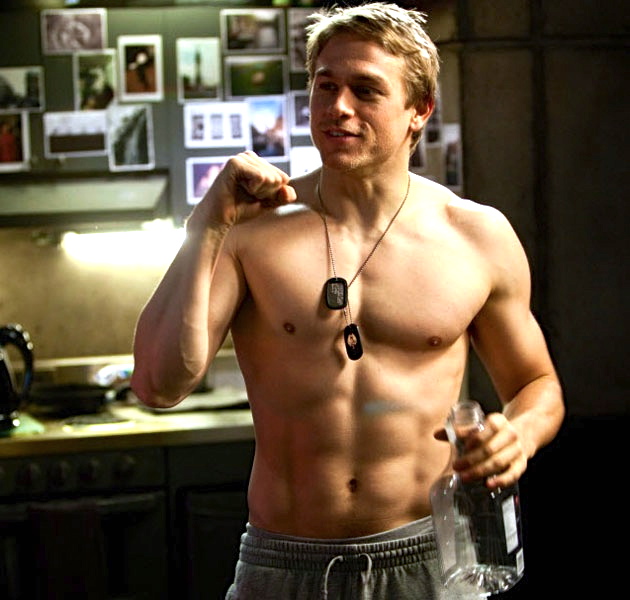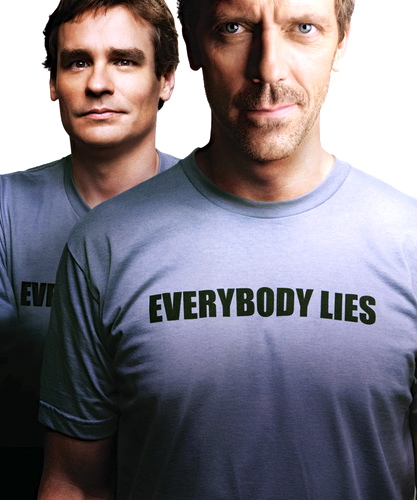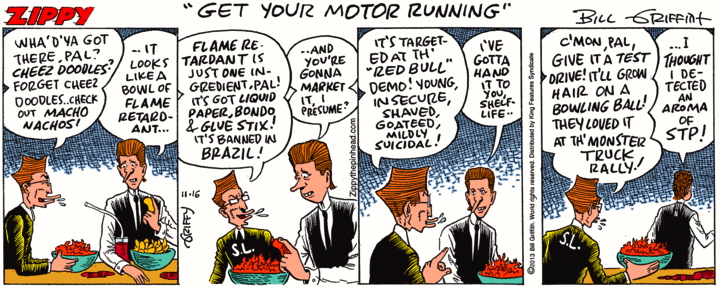Previously on Shirtless Television, David Boreanaz (Angel in Buffy) and James Marsters (Spike), plus Spangel (Spike/Angel) slash imagery. More Spangel images are now on AZBlogX, in “Television notes” (#3, #4, and #5), along with a Leo/Cole image, putting together two characters from the series Charmed, Leo Wyatt (played by Brian Krause) and Cole Turner (played by Julian McMahon). On to a shirtless Krause and to McMahon and his Nip/Tuck co-star Dylan Walsh, shirtless together.
On Charmed, from Wikipedia:
Charmed is an American television series created by writer Constance M. Burge and produced by Aaron Spelling and his production company Spelling Television, with writer-director Brad Kern serving as showrunner. The series was originally broadcast by The WB Television Network for eight seasons from October 7, 1998, until May 21, 2006.
The series narrative follows three sisters, known as the Charmed Ones, the most powerful good witches of all time, whose prophesied destiny is to protect innocent lives from evil beings such as demons and warlocks. Each sister possesses unique magical powers that grow and evolve, while they attempt to maintain normal lives in modern day San Francisco.
… Leo Wyatt is introduced into season one as the sisters’ handy-man, but they later discover that he is their Whitelighter [effectively, their guardian angel]. Leo has the power to orb himself and others in space and across some dimensions, but most frequently by healing the sisters or their circle of contacts.
… Cole Turner is introduced into season three as an Assistant District Attorney. He is half-human and half-demon by blood, and better known to the demonic world for over a hundred years as the legendary demonic assassin, Belthazor. Cole possesses a number of magical abilities [, including] the power to teleport and the power to throw projective energy balls which could stun or kill.
So Cole is a dark character and Leo his opposite. Here they are, shirtless together (Cole on the left, Leo on the right). The image has been cropped to eliminate Cole’s huge erection (the full image is #2 in the AZBlogX posting); presumably Leo is about to service Cole sexually.
Now Brian Krause alone:
(Again, this is a cropped photo; the full nude photo is #1 in my AZBlogX posting.)
The brief story on Krause:
Brian Jeffrey Krause (born February 1, 1969) is an American actor and screenwriter. He is best known for his role as Leo Wyatt on The WB television series Charmed (1998–2006). (Wikipedia link)
And on McMahon:
Julian Dana William McMahon (… born 27 July 1968) is an Australian actor and former fashion model. He is best known for his portrayals of Cole Turner in The WB hit series Charmed, womanizing plastic surgeon Christian Troy on the Emmy and Golden Globe award-winning TV show Nip/Tuck and Doctor Doom in Fantastic Four and Fantastic Four: Rise of the Silver Surfer. (Wikipedia link)
McMahon takes us to Nip/Tuck:
Nip/Tuck is an American drama series created by Ryan Murphy, which aired on FX in the United States between July 18, 2003 and March 3, 2010. The series focuses on McNamara/Troy, a controversial plastic surgery practice, and especially its founders, Sean McNamara and Christian Troy (portrayed by Dylan Walsh and Julian McMahon). (Wikipedia link)
From the show, Walsh and McMahon, shirtless together in a gay dream sequence, in which the two men go as a couple to a gay resort:
As you can see, Walsh has a notably hairy chest (and McMahon has notably broad shoulders).
On Walsh in brief:
Dylan Walsh (born Charles M. Walsh: November 17, 1963) is an American actor. He is perhaps best known as Dr. Sean McNamara in the FX television series Nip/Tuck. (Wikipedia link)
Here he is showing off his notably hairy forearms:



